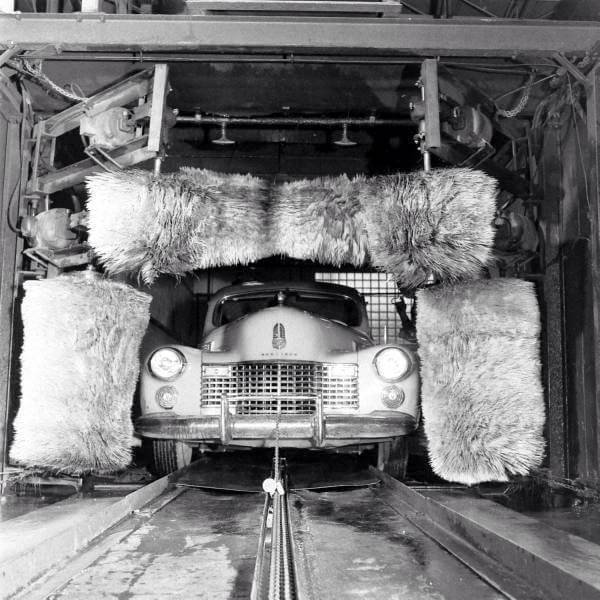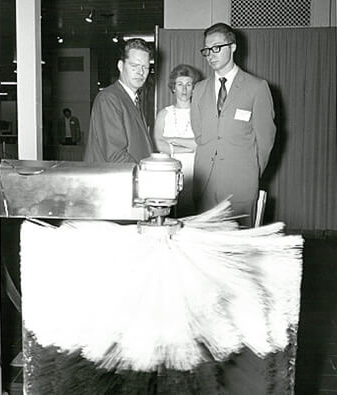History of Brushes
About the Photo
The first car wash brushes were made from Tampico fiber. Tampico fibers are obtained from the leaf ribs of a number of Mexican plants, mainly Agave and Yucca species. The main source is Agave lechuguilla, the dominant Agave species in the Chihuahuan Desert. The Tampico bristles were fixed around a wooden core (shaft).
Around 1954 the brushes were made of nylon, which later became polyethylene. Polyethylene is still used, but nowadays mainly used on wheel and sill washers and in roll-over systems.
Around 1969 nylon was replaced by foam and textiles. These varieties are still used and have been greatly developed, especially in recent years. An example is the development of hybrid materials. This is mainly done to use the advantages of both materials. A good example is our Hybrid material.
Brush shapes have changed a lot over the years. In the beginning, side brushes and a roof brush were used, later mitters were added. In recent years you can see more custom made brushes and the use of various shapes.
In addition to car wash brushes, there are also brushes to dry cars. These haven't been around for very long. For a long time car were hand-dried with towels. With the introduction of the tunnel car wash, customer experience and quality became an important factor, and the drying brush made his entrance. In the 90s Vileda rags were used to dry cars, later these were replaced by microfibre or felt rags, such as MicroDry.







